A fireplace is a nice addition to any home and can be a real luxury on colder days. The warm amber glow of a fire in the living room is just the thing for stoking up some holiday cheer. It's no wonder that a fireplace is such a nice feature to have when those lovely snow days come rolling on through. To keep a fireplace going strong as your home’s lovely warm core, regular maintenance is simply a must.
Regular fireplace TLC is not only essential for keeping your fireplace warm and cozy, but it's also crucial for keeping your family safe. A fireplace is after all a fire, even if it is contained, and so it should be treated with respect and care to ensure that things don't get too hot. Most fireplace maintenance is down to tasks you only have to do seasonally, but there are some little things you can do every time you use your fireplace that can also maximize its lifespan.
Wood-Burning Fireplace
Fireplace maintenance will look different depending on what kind of fireplace you have.
How it Works
To understand what your fireplace will need, it’s important to know how it all works. Before a fire is lit in a wood-burning fireplace, wood must be placed in the firebox (where the fire will burn). A damper must then be opened in the chimney through which smoke and gases can escape. This is crucial as the smoke and gases are really bad to inhale and so should be kept out of your house. Open dampers also allow the fire to draw in oxygen from the chimney.
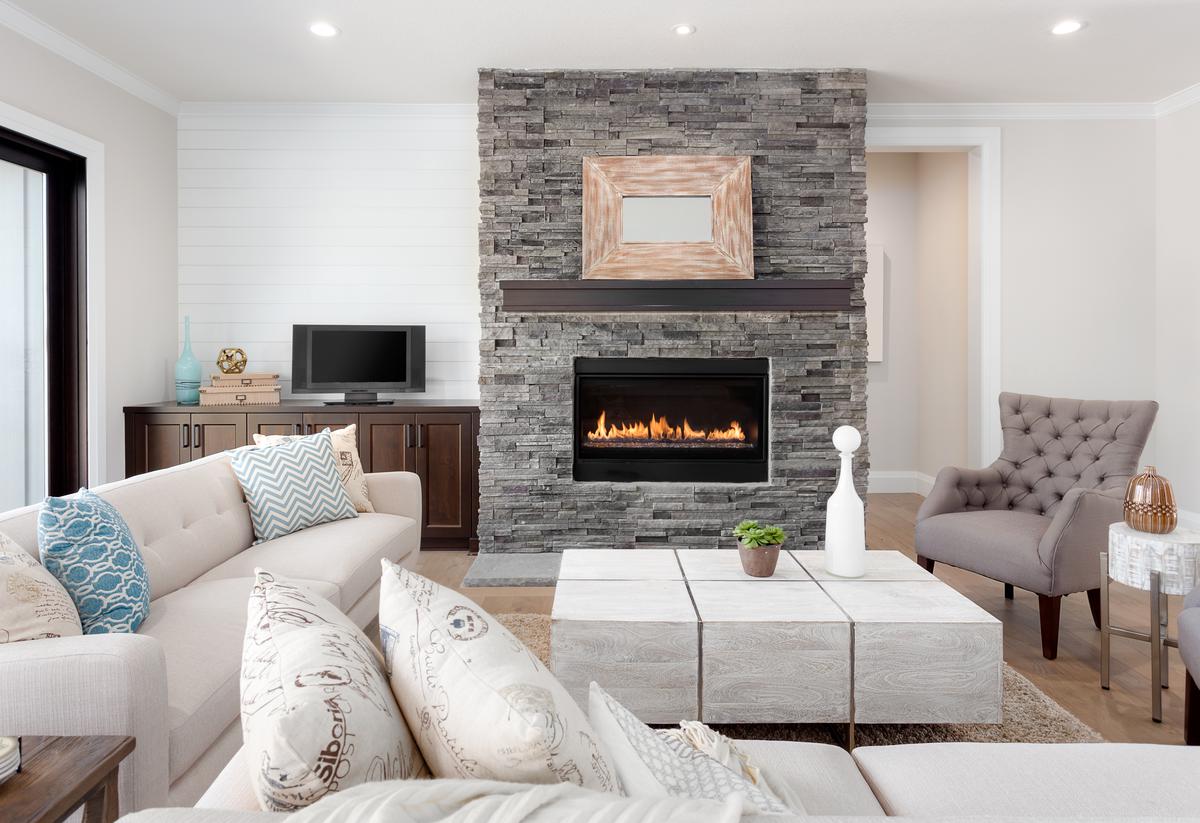
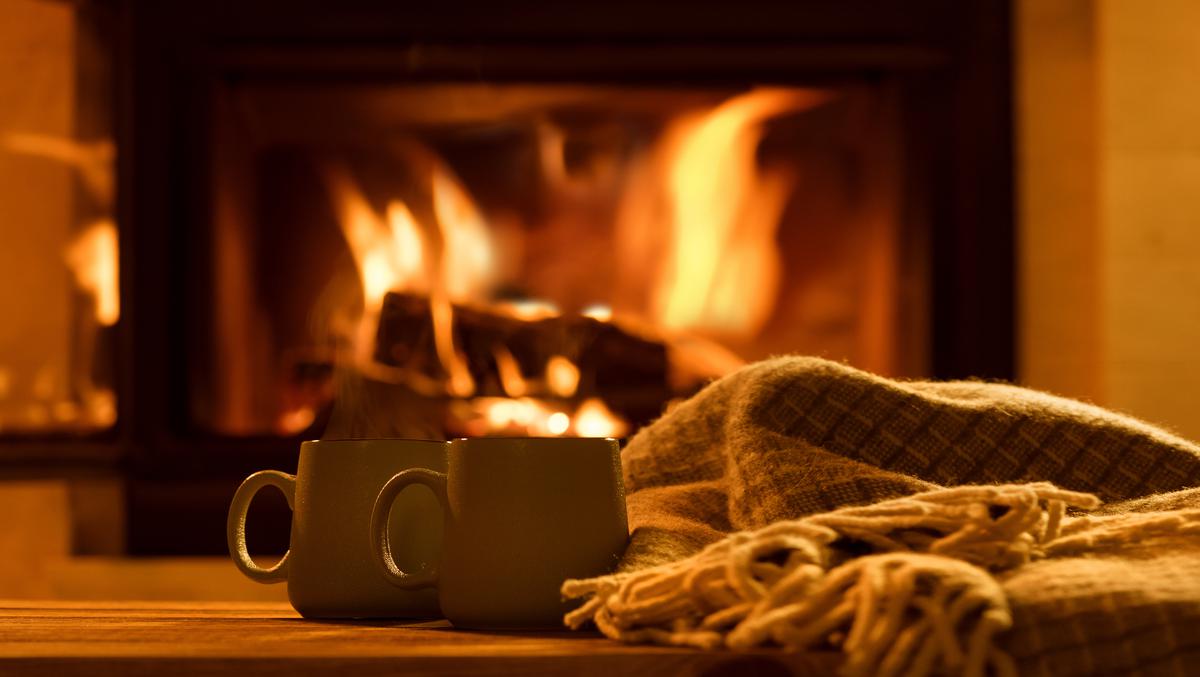
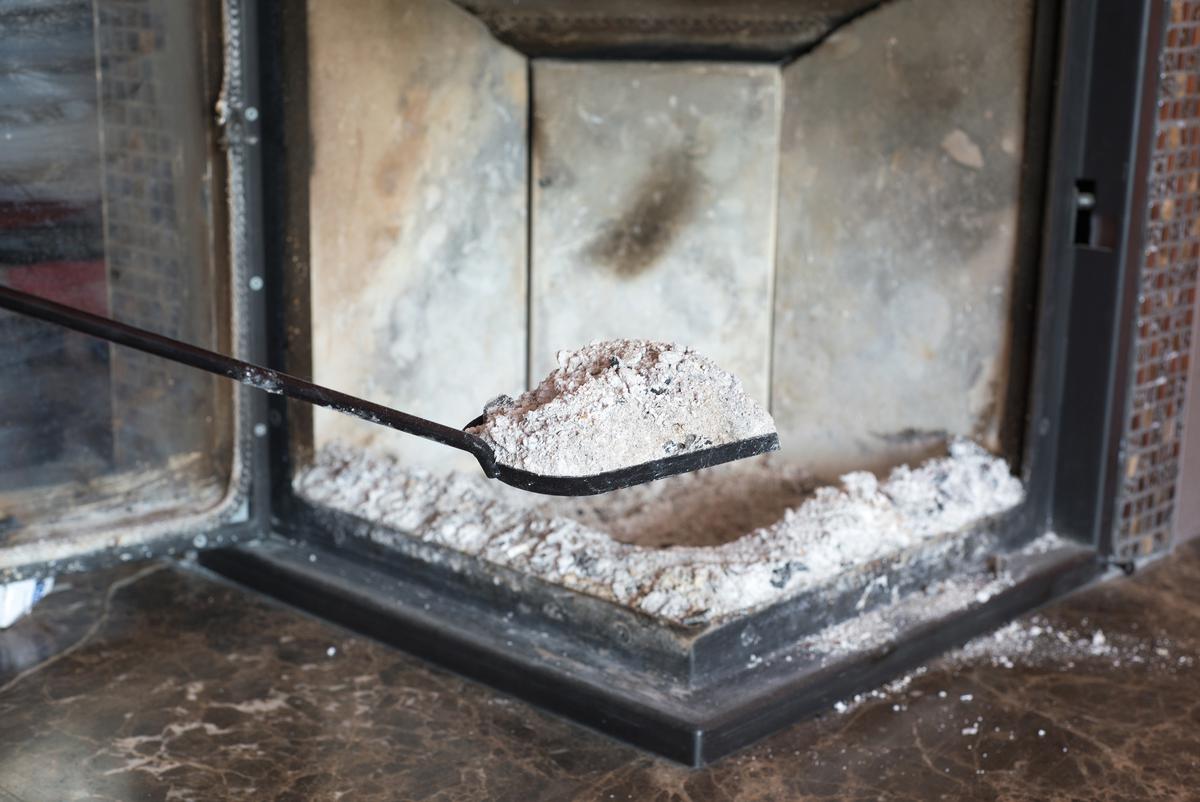
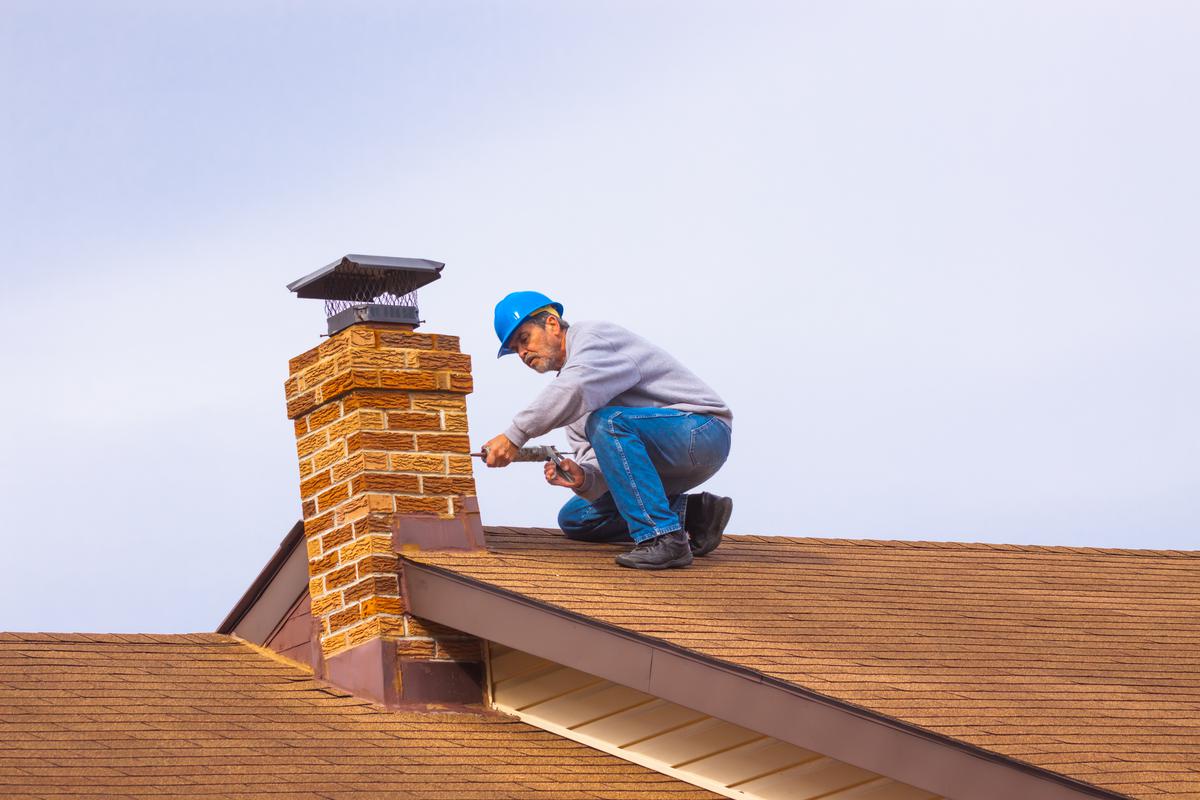
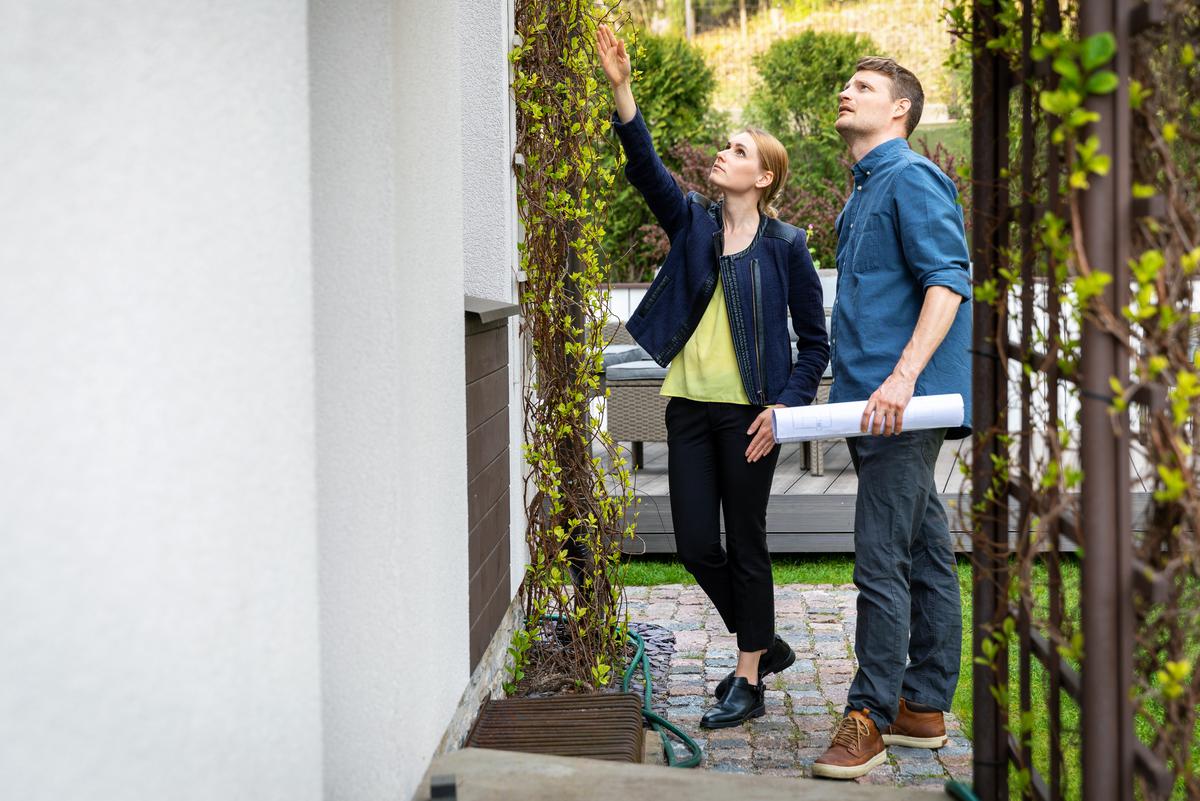
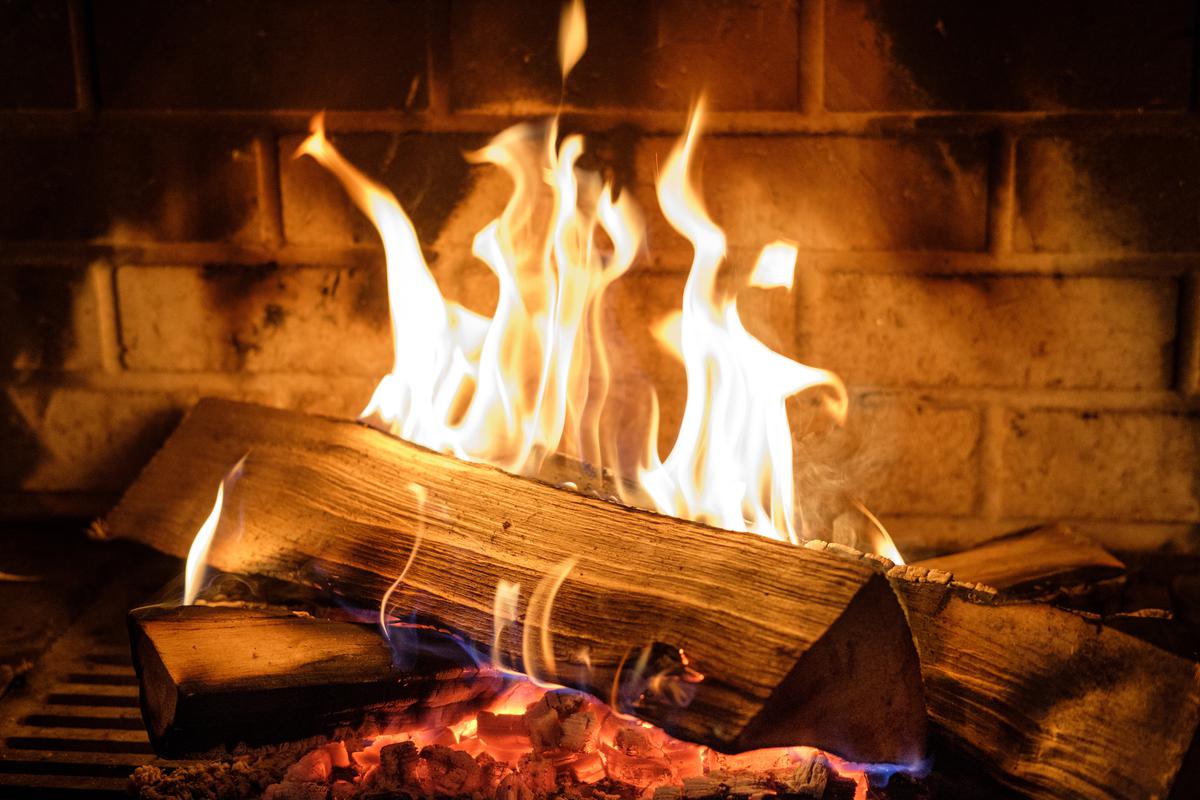
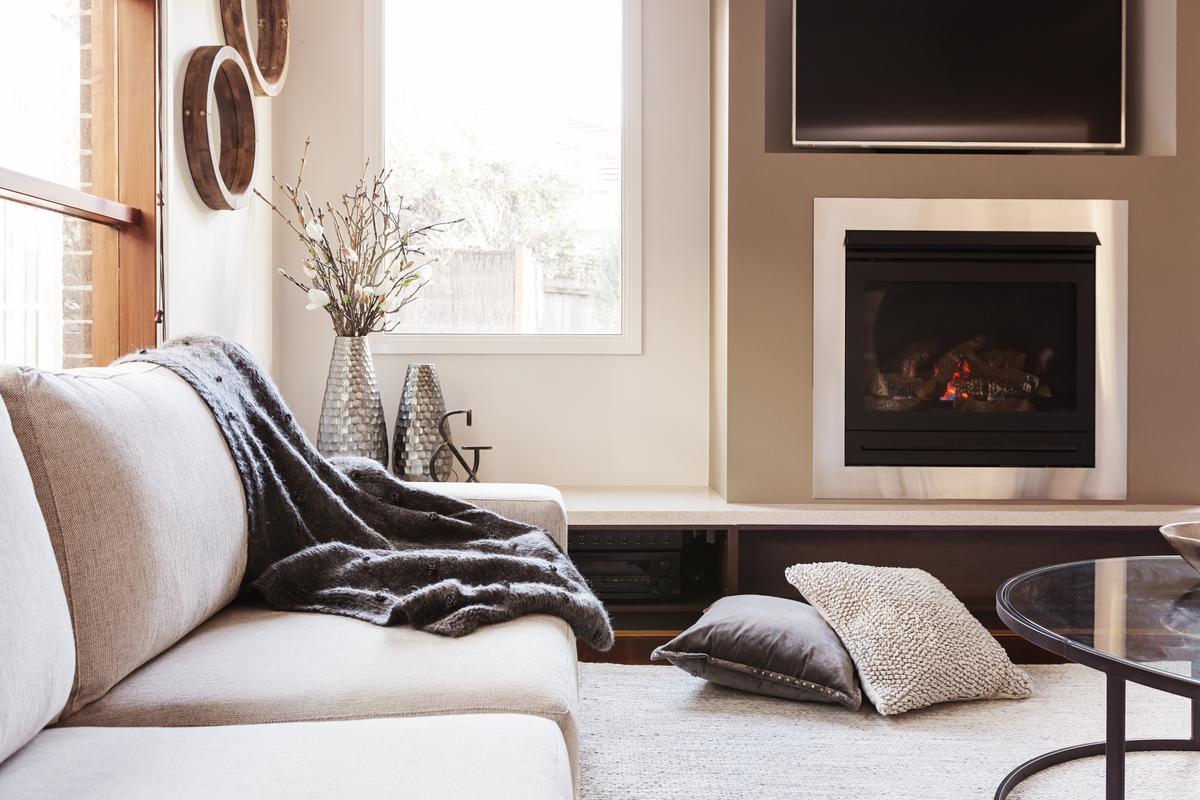
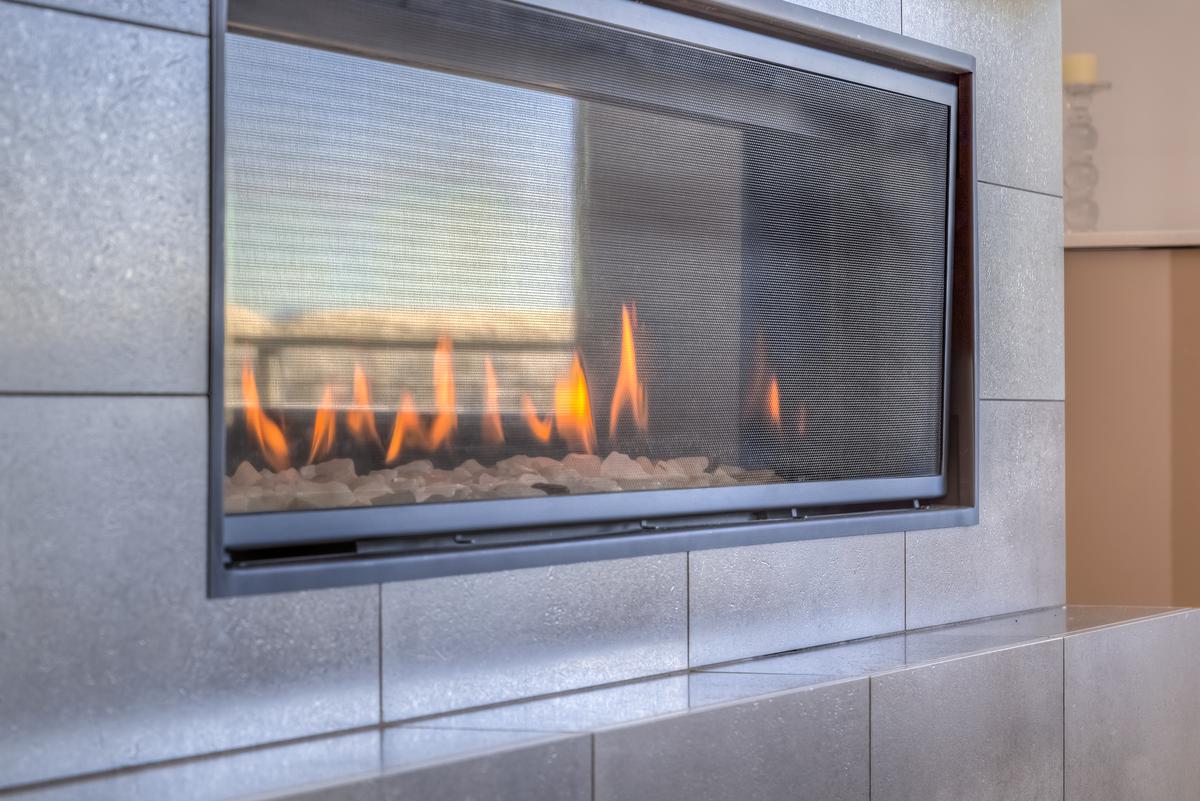
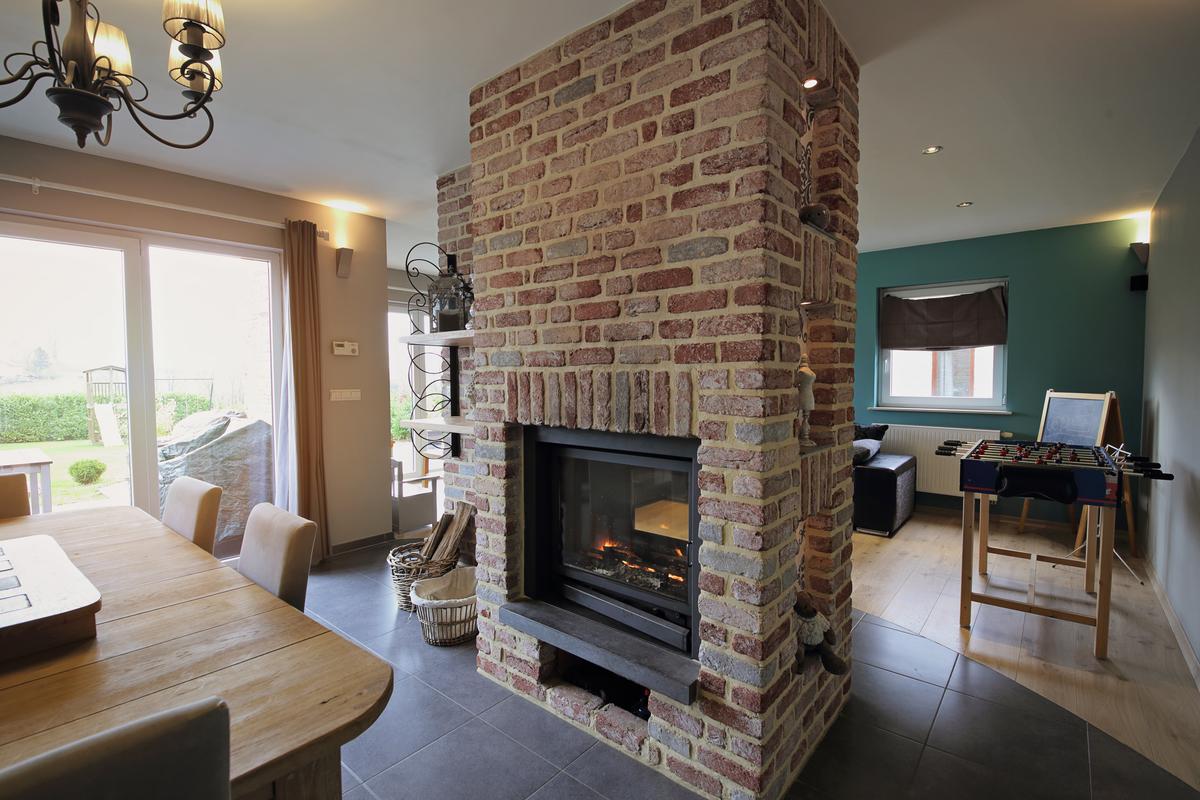
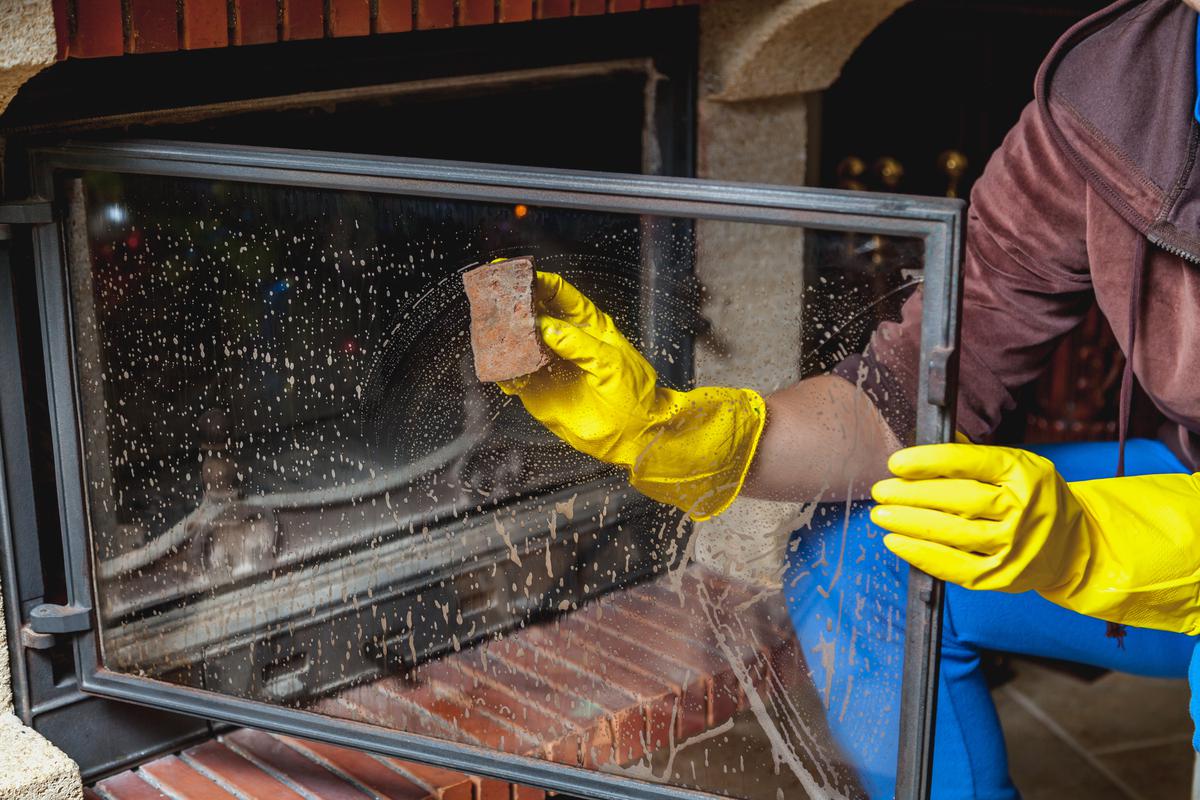
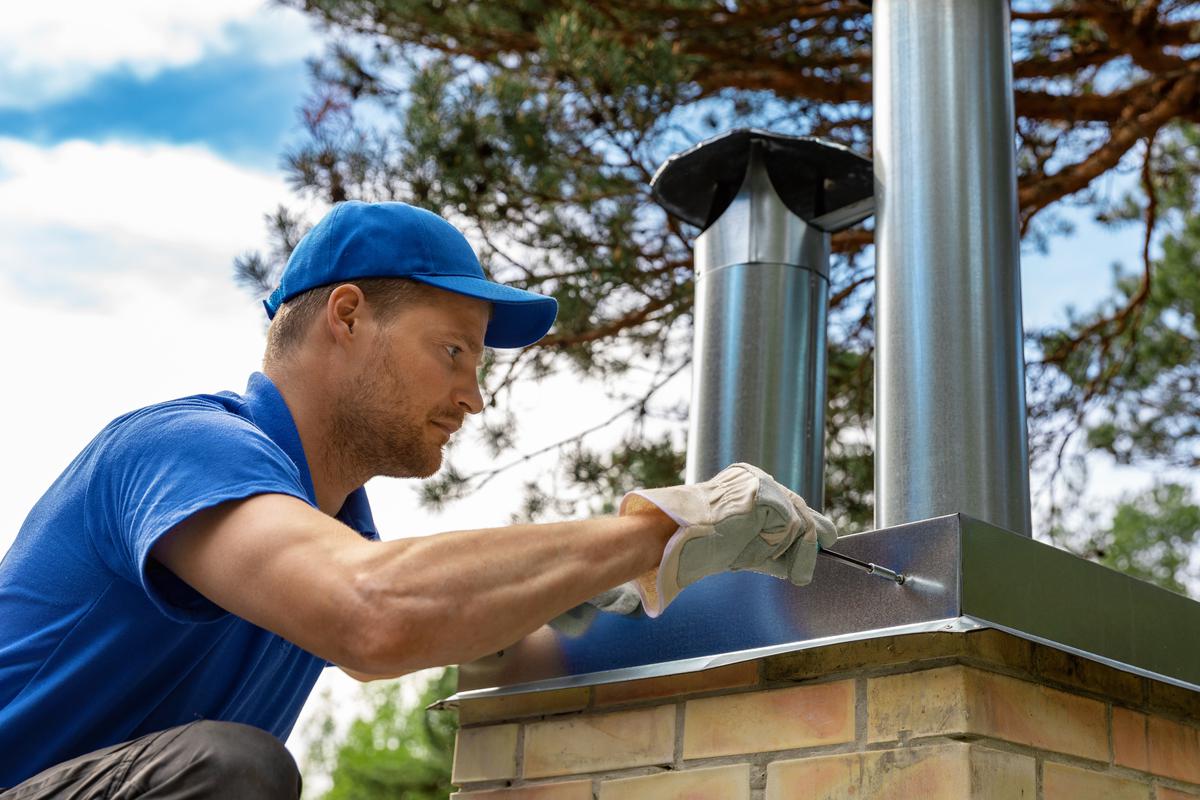
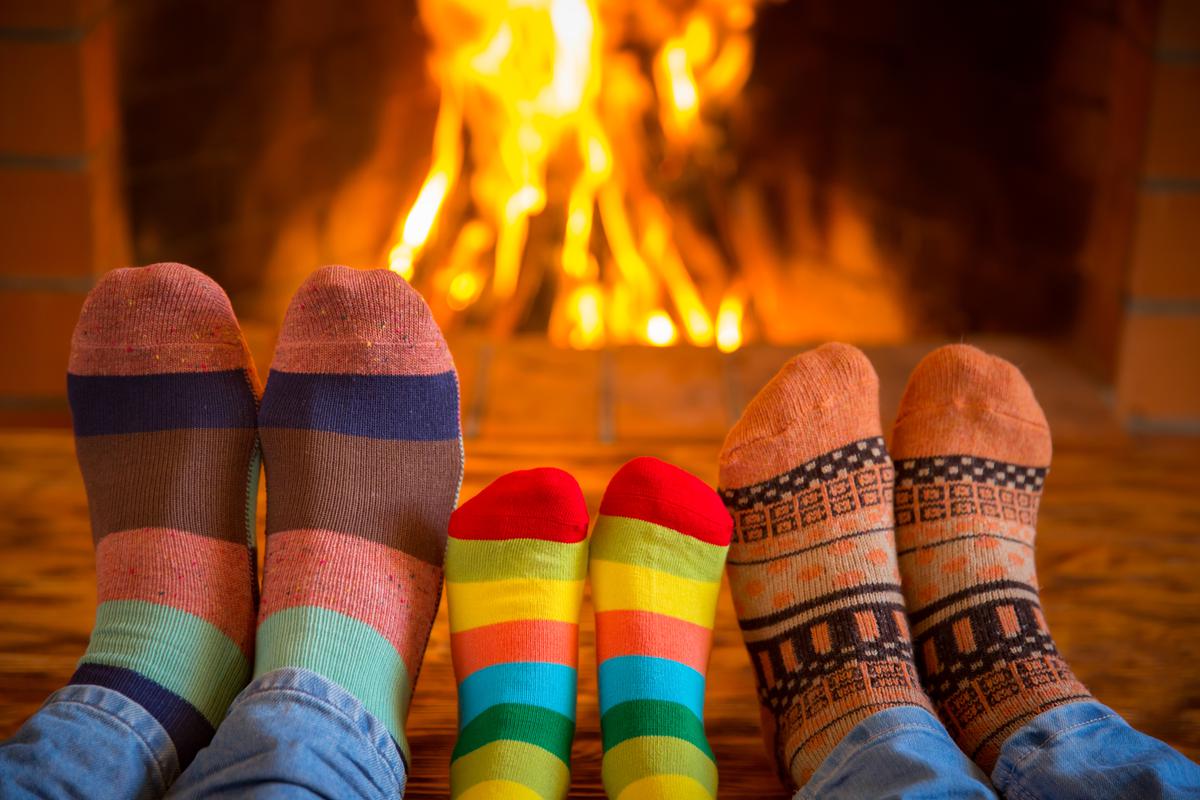
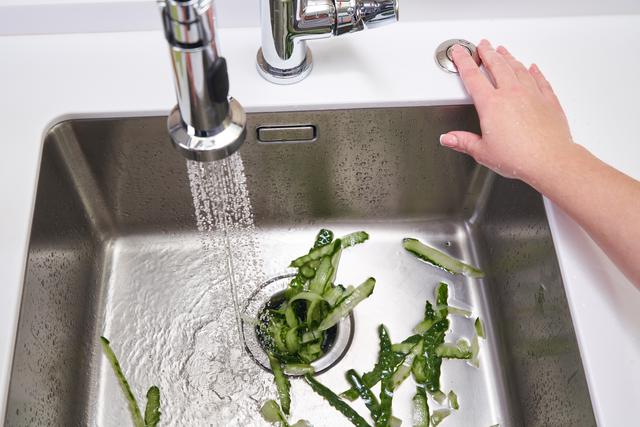
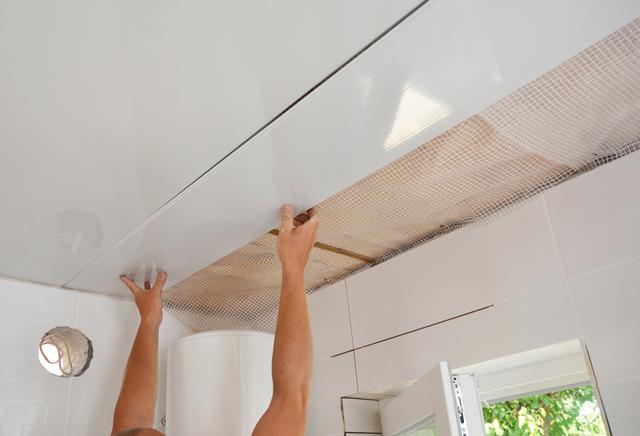
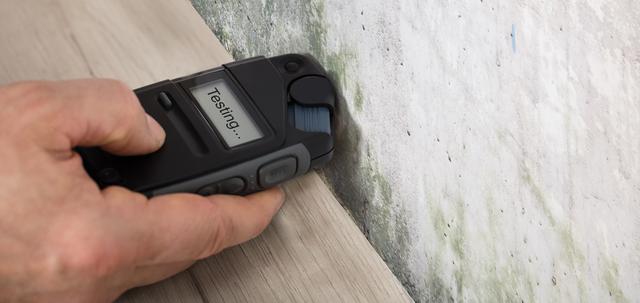
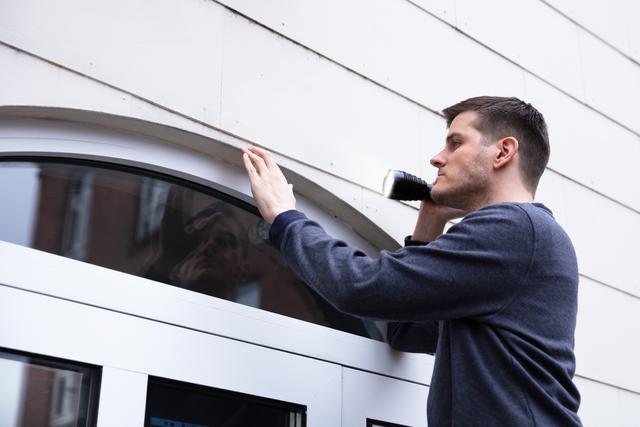
comments